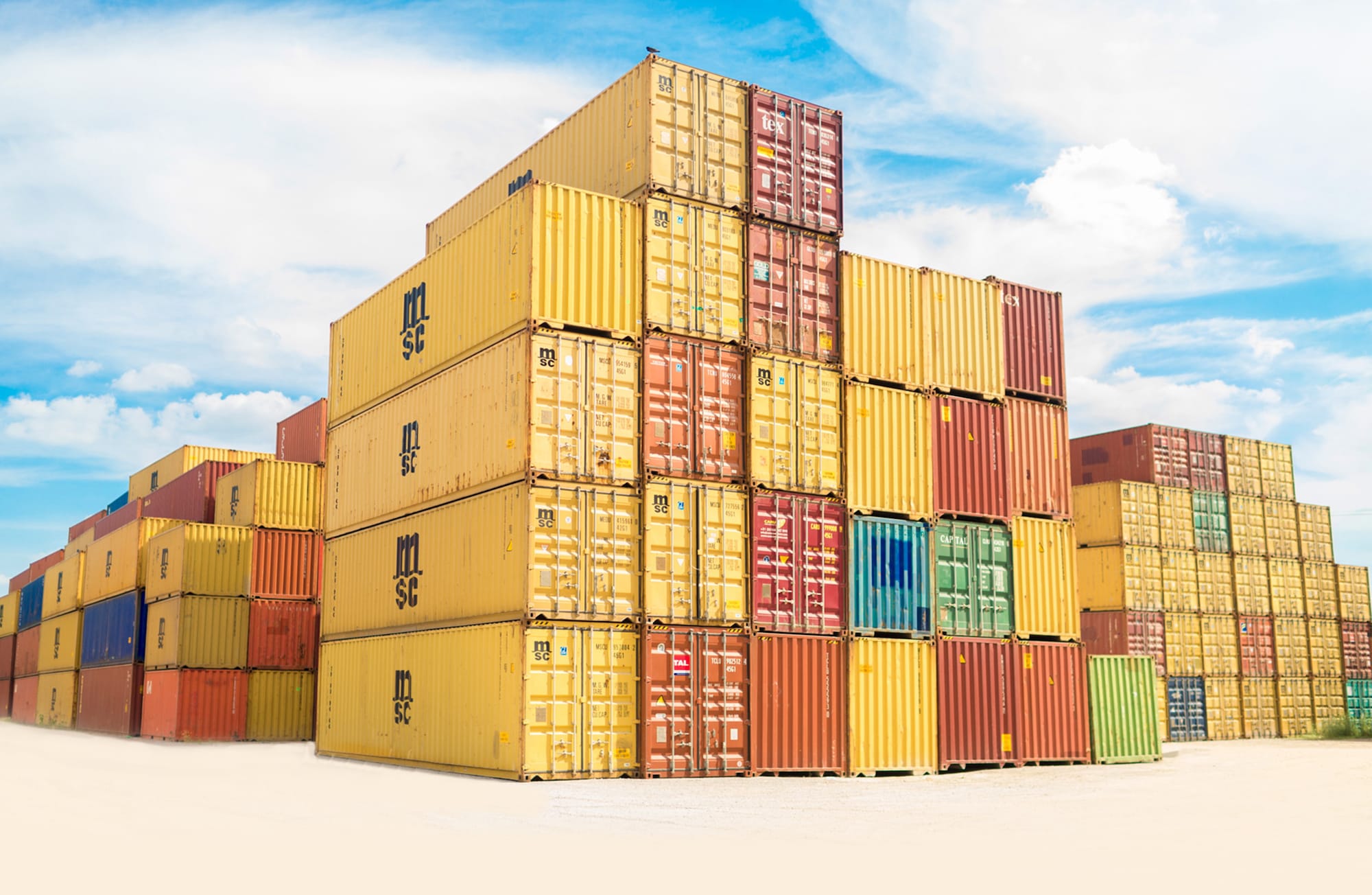Imagine a tier 5 type supplier (small specialized manufacturer) goes down and you first hear about it in the trade news.
At this point, you, the OEM (“tier 0”), a brand name, volume manufacturer of hi-tech products, have no idea if this small company out in the middle of nowhere produces anything that could end up in any of your own products, all assembled from some 10,000 components.
It could be.
Tier 5’s products end up as components in a few tier 4 suppliers’ products, which should appear in tier 4’s bill of materials, after which tier 5’s part numbers disappear. Tier 5 is under no obligation to give you production volumes, stock, or customer list. Neither is tier 4.
Typically you don’t have contractual relationship with any supplier beyond tier 2. Tier 5 might not even know if their parts end up in your product. And if they have a monopoly on their production process, which is common, they are in a pretty good bargaining position.
Regardless, there is a pretty good chance that the tier 5 supplier should be producing some 50,000 4-dollar parts that end up somewhere in your products, but doesn’t. Because tier 5 is down.
And the production stoppage will explode through your supply network like it does in the MIT beer game.
If you don’t have the means to investigate and fix this supply stoppage before it happens, there is a good chance you’ll end up with 50,000 high-priced half-finished brand-name products you cannot assemble because there is a $200,000-shaped hole in your supply chain inbound.
And 50,000 pissed-off soon-to-be non-customers.
And the only way to fix this hole is to get every single tier to agree to share their production, warehousing, and quality control data with you and ideally among each other.
That’s the mutuality problem in supply chain.
This blog post was first published on Twitter.

